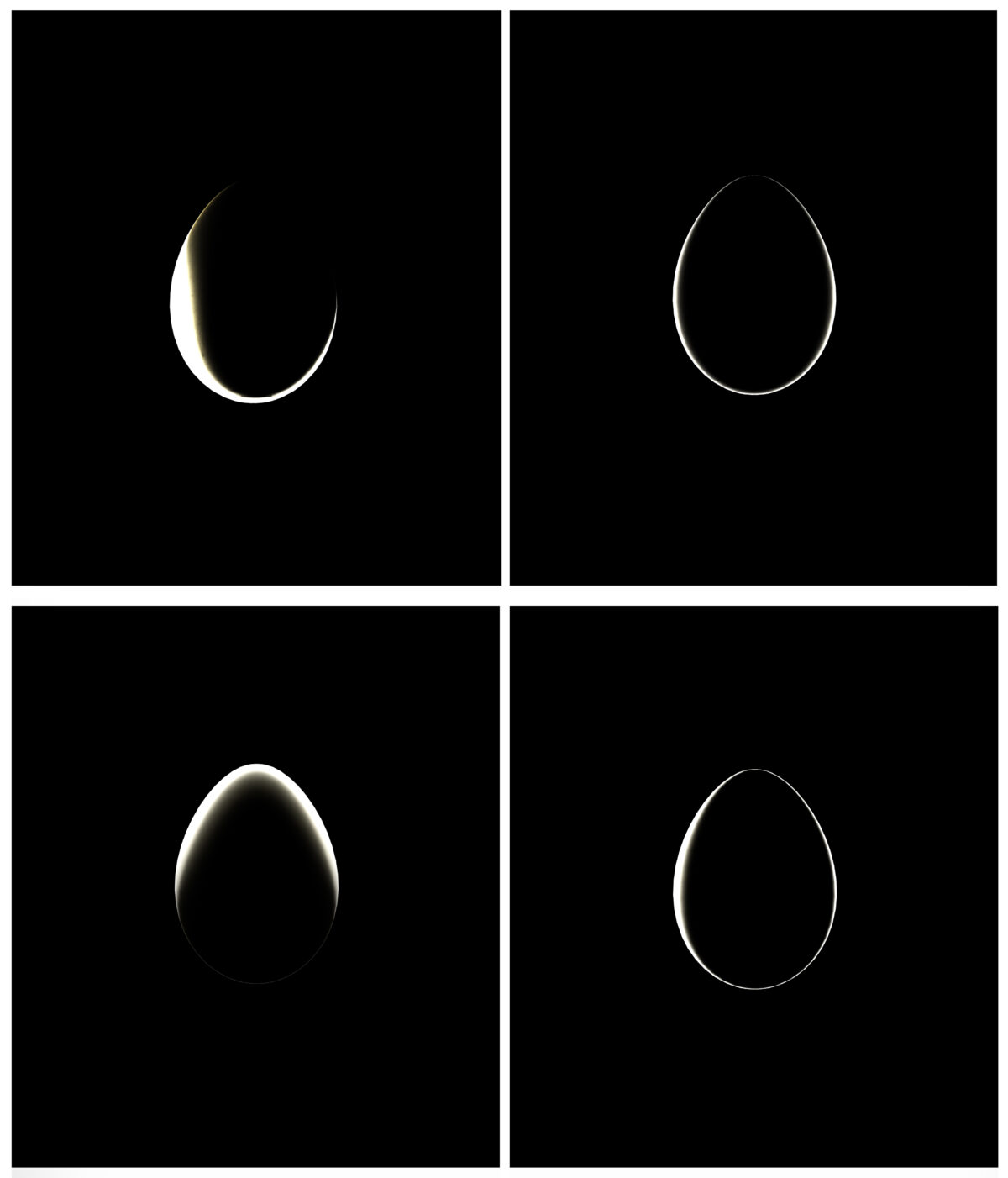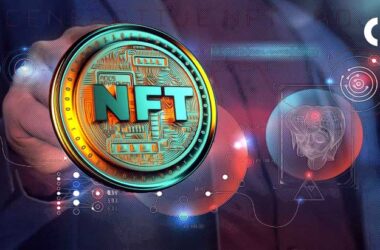OCM Dimensions: The first collection to launch Recursions

Metagood created OnChainMonkey Dimensions, one of the first 10k PFP projects on Bitcoin and the first Recursive Inscription collection. OCM Dimensions showcases the power of Ordinals and stands as a pioneering art collection, demonstrating the innovative use of recursion, composability, and compression on the Bitcoin blockchain.
OCM Dimensions, inscribed in February 2023, represents a groundbreaking example of inscriptions on Bitcoin. It defies convention by featuring high-resolution, 3D animated art that scales with display size while maintaining a remarkably small file size.
It has successfully optimized block space efficiency, with each Dimension’s ordinal occupying less than 1 kilobyte. The first 300 Dimensions are inscribed on consecutively numbered satoshis from early January 2009, the third day of Bitcoin’s existence, and feature intricate 3D animation rendered directly from code inscribed on Bitcoin.
The Bitcoin Ordinals Protocol, according to Yang, is a significant advancement allowing the creation, ownership, and transfer of unique digital assets known as ‘inscriptions.’ These inscriptions are tied to individual ‘ordinals,’ the smallest units of Bitcoin, and their ownership is linked to the owner of the corresponding ordinal.
Yang is confident that protocol presents a novel and impactful addition to the digital asset landscape that is not just a passing fad. He muses that this is only the beginning of the Bitcoin Ordinals era. “A vast expanse of potential is being unlocked on Bitcoin, and soon we’ll witness developers exploring, innovating, and crafting new applications and solutions.” Refuting any notion of them no longer being relevant, Ordinals expert Leonidas reveals Ordinals make up 84.9% of the current activity on Bitcoin.
The Asprey Bugatti Egg Collection

The technical creation process behind the Asprey Bugatti Egg’s 3D generative art is a manifestation of the Ordinals protocol’s power showcased through the innovative application of recursion and generative techniques.
In February 2023, Yang and the MetaGood team introduced this technique to the Asprey Studio team, using code to generate intricate art and inscribe it onto the Bitcoin blockchain.
The same technique used in OCM Dimensions was instrumental in bringing the Asprey Bugatti Egg to life. As Danny from MetaGood pointed out, the recursive inscription concept, a cornerstone of Bitcoin Ordinals, was “pivotal in making this feat possible.”
The Asprey Bugatti Egg Collection will be launched both as physical “objet” and generative artwork, with 111 physical eggs linked to Bitcoin NFTs.
“The egg is both a physical and digital item. It comes with the physical egg and the digital one, the digital artifact being on Bitcoin.” Yang said.
The meticulous attention to detail is evident in precisely recreating the physical egg’s dimensions using code. When asked how long it took to code the eggs, Yang says the team had been working on it with the Asprey Studio team since February.
“I matched it exactly to the physical with a simple equation with the same dimensions,” Yang added.
The MetaGood team says the eggs will be deployed and sent to their owners in the next few weeks. No more information regarding the collection is available as of press time.
Source: nft now






